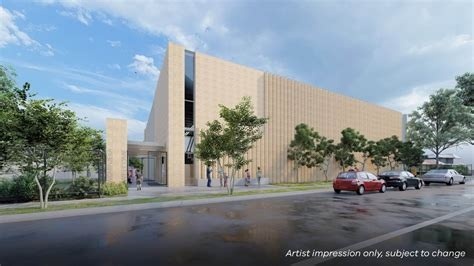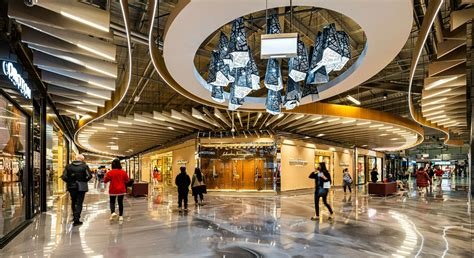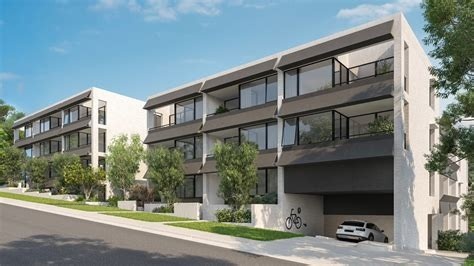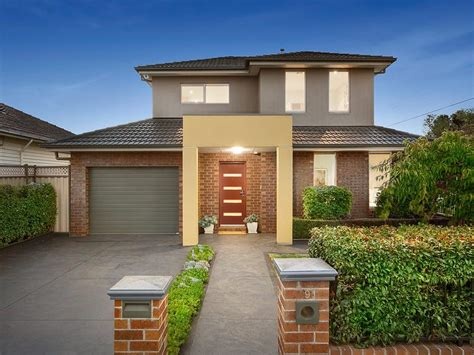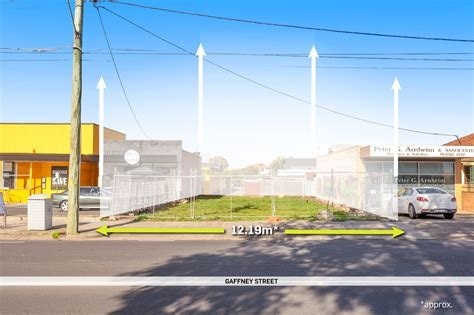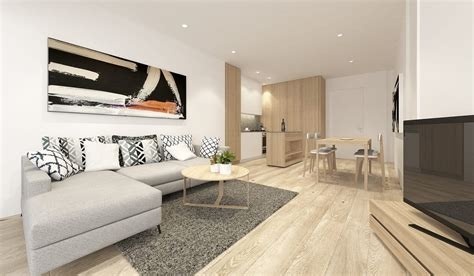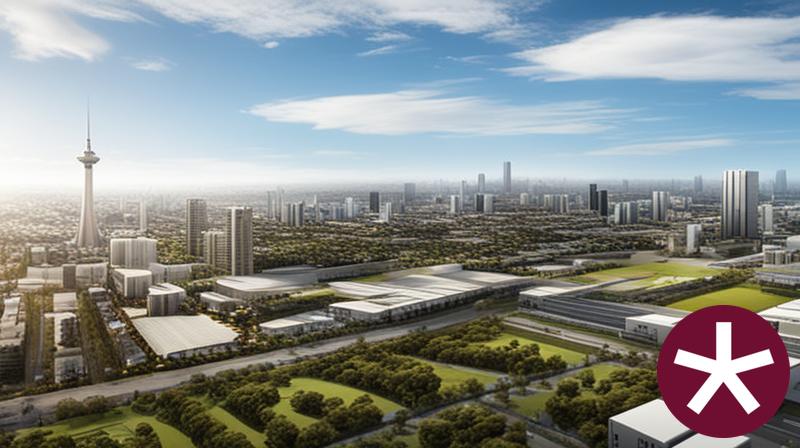Chart Color Schemes
est. as @ -- *
ABS ERP | -- people | --
2021 Census | -- people
Sales Activity
Curious about local property values? Filter the chart to assess the volume and appreciation (including resales) trends and regional comparisons, or scroll to the map below view this information at an individual property level.
Find a Recent Sale
Sales Detail
Population
Strathmore has seen population growth performance typically on par with national averages when looking at short and medium term trends
Strathmore's population, as of August 2025, is approximately 10,473, marking a rise of 442 individuals since the 2021 Census. This increase reflects a growth rate of 4.4%, with the ABS estimating Strathmore's resident population at 10,457 in June 2024 and an additional 33 validated new addresses post-census. The resulting density ratio is 2,529 persons per square kilometer, placing Strathmore in the upper quartile nationally based on AreaSearch assessments. Notably, Strathmore's growth outpaced that of its SA3 area (4.0%), positioning it as a regional growth leader. Overseas migration accounted for roughly 77.7% of population gains recently. AreaSearch employs ABS/Geoscience Australia projections for each SA2 area, released in 2024 using a base year of 2022.
For uncovers areas, AreaSearch uses the VIC State Government's Regional/LGA projections from 2023 with adjustments made via weighted aggregation from LGA to SA2 levels. Growth rates by age group are applied across all areas for the years 2032 to 2041. By 2041, Strathmore is projected to increase its population by approximately 1,321 individuals, representing a total growth of 12.5% over the 17-year period. This projection aligns with demographic trends, placing Strathmore's growth just below the national median for statistical areas.
Frequently Asked Questions - Population
Development
Recent residential development output has been above average within Strathmore when compared nationally
Strathmore has recorded approximately 82 residential properties granted approval annually. Development approval data from the ABS covers a total of 410 approvals across the past five financial years, from FY20 to FY25, with two already approved in FY26. Over these years, an average of 0.4 people per year moved to Strathmore for each dwelling built, indicating that new supply has kept pace with or exceeded demand. The average construction cost value of new homes is $939,000, suggesting developers are targeting the premium market segment with higher-end properties.
In FY26, $8.1 million in commercial approvals have been registered, reflecting Strathmore's residential character. Compared to Greater Melbourne, Strathmore maintains similar construction rates per person, preserving market equilibrium consistent with surrounding areas. New building activity comprises 40% standalone homes and 60% townhouses or apartments, creating more affordable entry points for downsizers, investors, and first-home buyers. This marks a significant shift from the current housing mix of 77% houses, reflecting reduced development site availability and evolving lifestyle demands and affordability requirements. Strathmore has approximately 150 people per dwelling approval, indicating a low-density market.
By 2041, Strathmore is projected to grow by 1,305 residents. At current development rates, new housing supply should comfortably meet demand, offering good conditions for buyers and potentially supporting growth beyond current population projections.
Frequently Asked Questions - Development
Infrastructure
Strathmore has very high levels of nearby infrastructure activity, ranking in the top 20% nationally
Infrastructure changes significantly influence an area's performance. AreaSearch identified 29 projects likely impacting the area. Notable projects include Mt Alexander Road Intersection Upgrades, Hart Precinct, Airport Toyota Expansion, and 299 Pascoe Vale Road Mixed-Use Development. The following list details those considered most relevant.
Professional plan users can use the search below to filter and access additional projects.
INFRASTRUCTURE SEARCH
Frequently Asked Questions - Infrastructure
Hart Precinct
A 30-hectare greenfield light industrial estate located within 15 minutes of Melbourne CBD, officially opened in February 2025. Named after aviation pioneer James Bob Hart. The precinct offers aviation, commercial, and light industrial development opportunities with modern hangar facilities and business infrastructure. Stage 1 features custom-built facilities for tenants including Autex Industries 50 million manufacturing facility, Modscapes 20,000 sqm modular construction facility, and Dutton Wholesales vehicle storage operations. Part of the transformation of Essendon Fields into a thriving mixed-use commercial hub with access to retail, amenities, and green spaces.
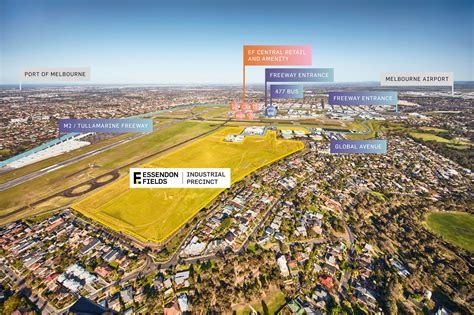
Glenroy Structure Plan
A framework for the regeneration of the Glenroy Activity Centre over the next 15 to 20 years, adopted by Council in August 2008. The plan aims to create a vibrant mixed-use centre with more services, facilities, activity, and residential opportunities in a high-quality environment. Major implementation includes the completed Glenroy Community Hub (2022) and new Glenroy Station with level crossing removal.
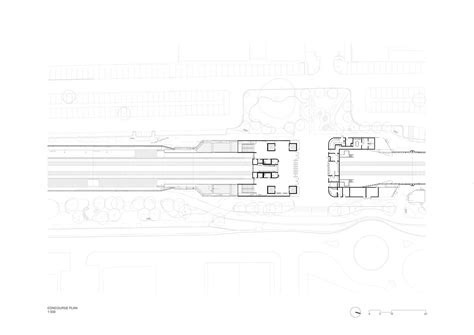
Airport Toyota Expansion
Expansion into larger custom-built 10,900 sqm facility with 2,500 sqm showroom, 2,000 sqm workshop and mezzanine showroom. Designed by JMA Architects, built by 2Construct. Part of Australia's largest automotive precinct with $1 billion annual sales.
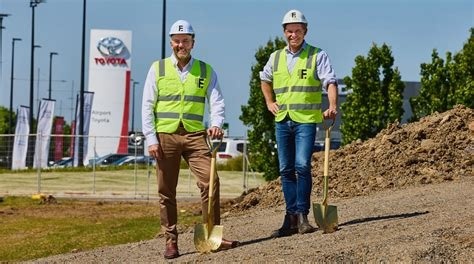
299 Pascoe Vale Road Mixed-Use Development
Multi-stage mixed-use development embracing the 20-minute neighbourhood concept. Stage 1 includes 6-storey mixed-use building with 25,000sqm retail, supermarkets, cinema, entertainment facilities, premium gym, medical centre, veterinary centre, childcare centre, and 20,000sqm car parking. Stage 2 features 2 residential buildings ranging from 7 storeys facing Pascoe Vale Road to 11 storeys facing rail corridor. The development includes green plaza, sustainable elements like solar PV, rainwater harvesting, and EV charging stations.
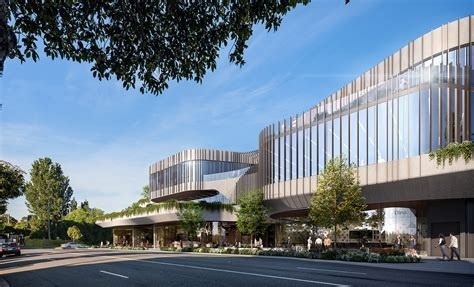
Textron Aviation Hangar 83
A purpose-built 3,343 square meter hangar facility for Textron Aviation's business jet maintenance, repair, and overhaul operations at Essendon Fields Airport. The new facility is twice the size of the existing one and will support increased capacity for servicing Beechcraft, Cessna, and Hawker aircraft, employing approximately 23 staff including engineers and apprentices.
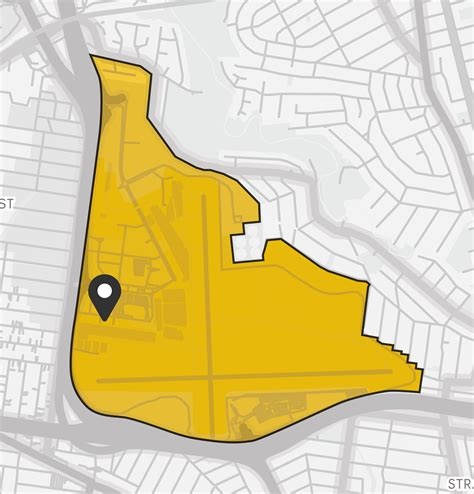
LUMA Sunshine North
Mixed-use development including residential, commercial, and community spaces in Sunshine North. Part of urban renewal initiative for western Melbourne.
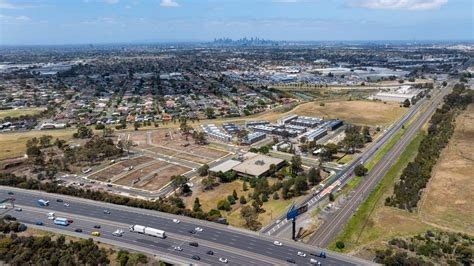
Bell Business Centre & Ambulance Victoria Operations Centre
The Bell Business Centre at Essendon Fields has been redeveloped, with Ambulance Victoria as the anchor tenant occupying 1,007 square meters for its Essendon Fields Operations Centre. This includes services for Adult Retrieval Victoria (ARV) and Victorian Stroke Telemedicine (VST), enhancing operational collaboration with the nearby Air Ambulance division.
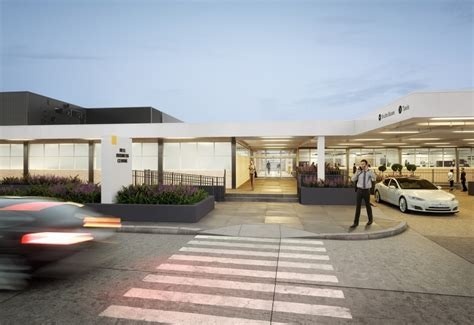
Mt Alexander Road Intersection Upgrades
Planning is underway for long-term upgrades to two major intersections in Essendon: Mt Alexander Road with Napier, Fletcher, and Russell streets; and Mt Alexander Road with Bulla, Keilor, and Lincoln roads. The project aims to improve safety for road users, enhance traffic flow and network efficiency, and improve active and public transport connections. Community consultation in 2025 received 2044 survey responses, with the top priorities being replacing roundabouts with traffic lights, upgrading existing roundabouts, and providing safer pedestrian and cyclist access. The Victorian Government has announced $6.55 million in the 2025/26 State Budget for interim safety upgrades at the Napier/Fletcher/Russell intersection, including safer pedestrian crossings and clearer line marking. Approximately 63,000 vehicles travel through both intersections daily.
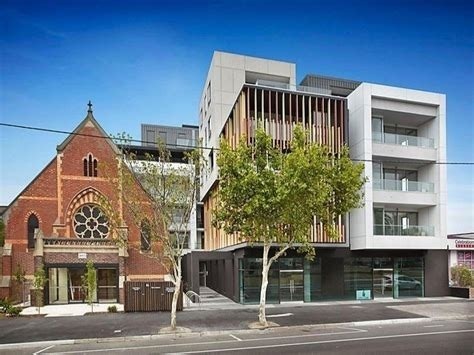
Employment
The exceptional employment performance in Strathmore places it among Australia's strongest labour markets
Strathmore has an educated workforce with strong professional services representation. The unemployment rate is 1.6% and there was a 4.1% increase in employment over the year ending June 2025.
As of that date, 6,394 residents are employed while the unemployment rate is 3.0% lower than Greater Melbourne's rate of 4.6%. Workforce participation is at 67.7%, compared to Greater Melbourne's 64.1%. Key industries for employment among residents include health care & social assistance, education & training, and professional & technical services. Public administration & safety shows notable concentration with employment levels at 1.4 times the regional average.
However, health care & social assistance has lower representation at 12.1% compared to the regional average of 14.2%. Limited local employment opportunities are suggested by the difference between Census working population and resident population. During the year to June 2025, employment levels increased by 4.1% while labour force increased by 4.3%, resulting in a unemployment rise of 0.3 percentage points. In comparison, Greater Melbourne recorded employment growth of 3.5%, labour force growth of 4.0%, with unemployment rising by 0.5 percentage points. State-level data to Sep-25 shows Victoria's employment grew by 1.08% year-on-year, adding 39,880 jobs, with the state unemployment rate at 4.7%. National employment forecasts from May 2025 project a 6.6% increase over five years and 13.7% over ten years. Applying these projections to Strathmore's employment mix suggests local growth of approximately 6.7%% over five years and 13.6% over ten years.
Frequently Asked Questions - Employment
Income
The economic profile demonstrates exceptional strength, placing the area among the top 10% nationally based on comprehensive AreaSearch income analysis
Strathmore's median income among taxpayers was $63,712 in the financial year ending June 2022. The average income stood at $86,592 during this period. In comparison, Greater Melbourne's median and average incomes were $54,892 and $73,761 respectively. By March 2025, estimates suggest Strathmore's median income would be approximately $70,153, and the average would be around $95,346, based on a 10.11% growth in wages since June 2022. According to the Australian Bureau of Statistics Census conducted in August 2021, Strathmore's household, family, and personal incomes rank highly nationally, between the 78th and 89th percentiles. Income distribution shows that 27.5% of residents (2,880 people) earn between $1,500 and $2,999 per week, which is similar to regional levels where 32.8% fall into this bracket. Strathmore exhibits considerable affluence with 41.2% of residents earning over $3,000 per week. After housing costs, residents retain 87.4% of their income, indicating strong purchasing power. The area's Socio-Economic Indexes for Areas (SEIFA) income ranking places it in the 9th decile nationally.
Frequently Asked Questions - Income
Housing
Strathmore is characterized by a predominantly suburban housing profile, with ownership patterns similar to the broader region
Strathmore's dwelling structure, as per the latest Census, consisted of 77.4% houses and 22.5% other dwellings (semi-detached, apartments, 'other' dwellings). This compares to Melbourne metro's 75.8% houses and 24.2% other dwellings. Home ownership in Strathmore was at 43.0%, with mortgaged dwellings at 39.9% and rented ones at 17.1%. The median monthly mortgage repayment in the area was $2,500, higher than Melbourne metro's average of $2,167. The median weekly rent figure in Strathmore was $450, compared to Melbourne metro's $410. Nationally, Strathmore's median monthly mortgage repayments were significantly higher at $2,500 versus the Australian average of $1,863, while median weekly rents were substantially higher at $450 compared to the national figure of $375.
Frequently Asked Questions - Housing
Household Composition
Strathmore features high concentrations of family households, with a higher-than-average median household size
Family households account for 79.0% of all households, including 45.2% couples with children, 23.7% couples without children, and 9.4% single parent families. Non-family households comprise the remaining 21.0%, with lone person households at 19.1% and group households making up 1.8%. The median household size is 2.8 people, which is larger than the Greater Melbourne average of 2.6.
Frequently Asked Questions - Households
Local Schools & Education
Strathmore shows strong educational performance, ranking in the upper quartile nationally when assessed across multiple qualification and achievement indicators
The area's educational profile is notable regionally with university qualification rates at 37.5% of residents aged 15+, surpassing both the SA4 region average of 27.7% and Australia's national average of 30.4%. Bachelor degrees are most prevalent at 25.4%, followed by postgraduate qualifications (8.0%) and graduate diplomas (4.1%). Vocational credentials are also prominent, with 27.1% of residents aged 15+ holding such qualifications – advanced diplomas comprise 11.6% and certificates make up 15.5%.
Educational participation is high at 31.8%, including 10.5% in primary education, 10.1% in secondary education, and 6.3% pursuing tertiary education. Strathmore's five schools combined have an enrollment of 3,314 students. The area demonstrates significant socio-educational advantages with an ICSEA score of 1106. Education provision is balanced with three primary and two secondary schools serving distinct age groups. School capacity exceeds typical residential needs at 31.6 places per 100 residents compared to the regional average of 24.1, indicating that the area serves as an educational hub for the broader region.
Frequently Asked Questions - Education
Schools Detail
Nearby Services & Amenities
Transport
Transport servicing is moderate compared to other areas nationally based on assessment of service frequency, route connectivity and accessibility
The analysis of public transport in Strathmore has found that there are currently 52 active transport stops operating within the area. These stops serve a mix of bus routes, with a total of five individual routes providing service to these locations. The combined weekly passenger trips across all routes amount to 1,870.
Residents in Strathmore have excellent access to public transport, with an average distance of 177 meters to the nearest transport stop. The service frequency across all routes is approximately 267 trips per day, which translates to around 35 weekly trips per individual stop.
Frequently Asked Questions - Transport
Transport Stops Detail
Health
Strathmore's residents are extremely healthy with both young and old age cohorts seeing low prevalence of common health conditions
Analysis of health metrics shows strong performance throughout Strathmore. Both young and old age cohorts show low prevalence of common health conditions. The rate of private health cover is exceptionally high at approximately 63% of the total population (6,629 people), compared to 58.6% across Greater Melbourne.
Nationally, this figure stands at 55.3%. The most common medical conditions in the area are asthma and arthritis, impacting 7.1 and 7.0% of residents respectively. Meanwhile, 73.1% of residents declare themselves completely clear of medical ailments, compared to 70.1% across Greater Melbourne. As of 2021, the area has 18.3% of residents aged 65 and over (1,916 people), which is lower than the 21.9% in Greater Melbourne. Health outcomes among seniors are particularly strong, broadly in line with the general population's health profile.
Frequently Asked Questions - Health
Cultural Diversity
The level of cultural diversity witnessed in Strathmore was found to be above average when compared nationally for a number of language and cultural background related metrics
Strathmore's cultural diversity was found to be above average, with 19.8% of its population born overseas and 21.8% speaking a language other than English at home. The predominant religion in Strathmore was Christianity, accounting for 59.0% of the population, compared to 66.4% across Greater Melbourne. In terms of ancestry, the top three groups were Australian (20.4%), English (19.4%), and Italian (12.6%).
Notably, Maltese representation stood at 2.0%, higher than the regional average of 2.8%. Greek representation was 3.9%, lower than the regional average of 5.0%. Polish representation was 1.1%, matching the regional average.
Frequently Asked Questions - Diversity
Age
Strathmore's median age exceeds the national pattern
Strathmore's median age is 41 years, significantly higher than Greater Melbourne's average of 37 and slightly older than Australia's median of 38. The 45-54 cohort is notably over-represented in Strathmore at 16.1%, compared to the Greater Melbourne average, while the 25-34 age group is under-represented at 8.1%. Post-2021 Census, the 15-24 age group grew from 14.0% to 15.8%, and the 75-84 cohort increased from 4.6% to 6.0%. Conversely, the 35-44 cohort declined from 12.9% to 11.7%, and the 25-34 group dropped from 9.1% to 8.1%. By 2041, demographic modeling projects significant changes in Strathmore's age profile. The 55-64 cohort is projected to grow by 31%, adding 419 residents to reach 1,758. Meanwhile, both the 0-4 and 35-44 age groups are expected to decrease in number.
